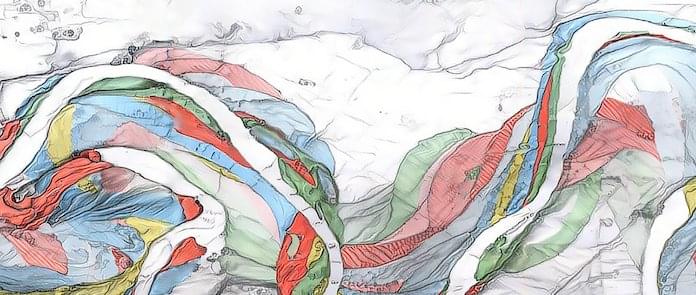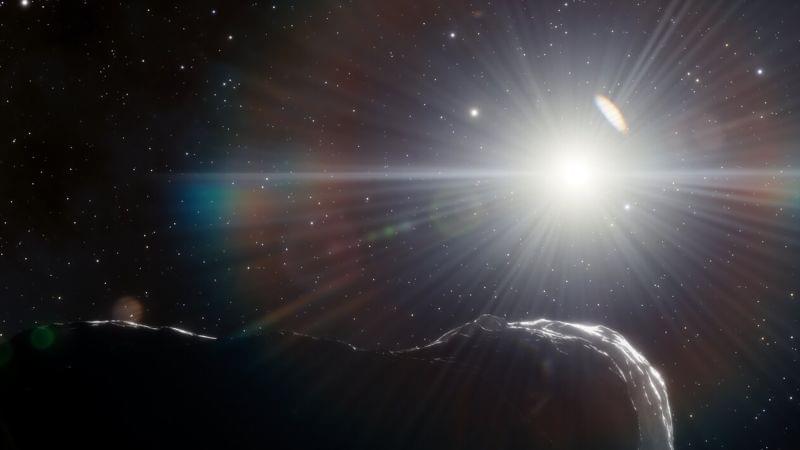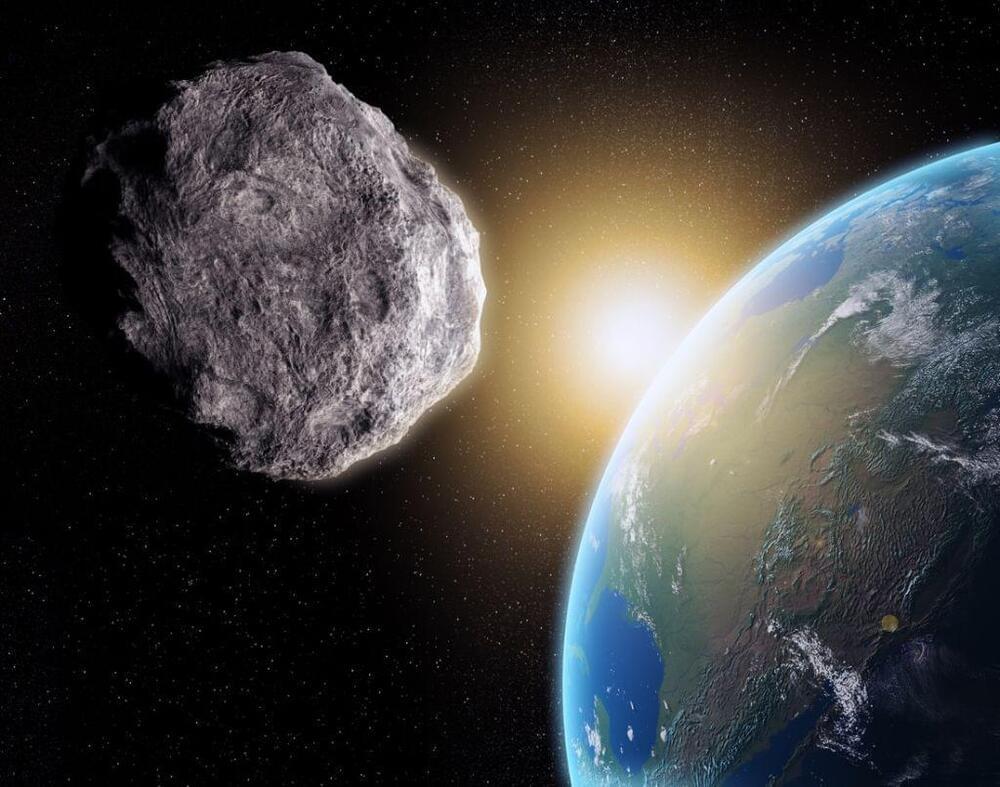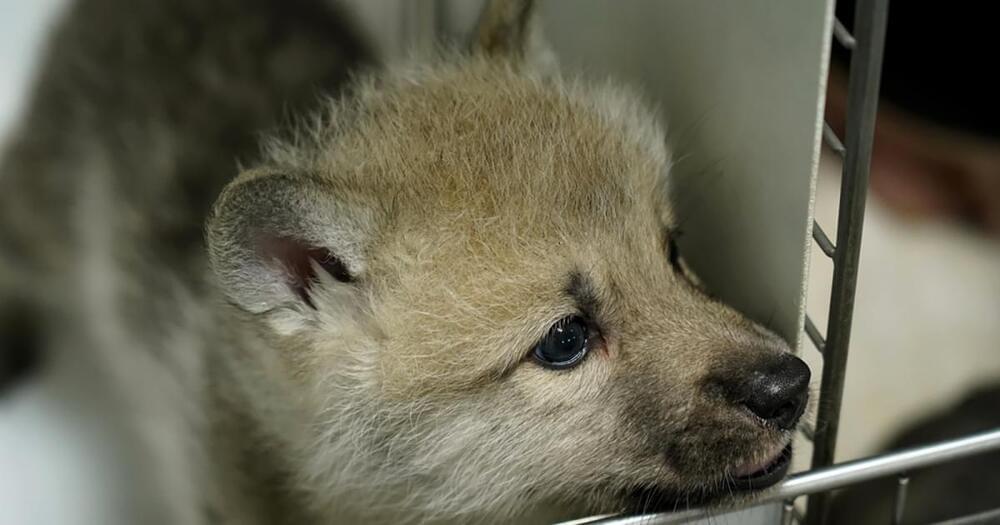TL;DR: crazy predictions based on anthropic reasoning seem crazy only because they contradict our exaggerated expectations about too good future.
Archive for the ‘existential risks’ category: Page 34
Nov 3, 2022
Who — or What — Would Survive an All-Out Nuclear War?
Posted by Dirk Schulze-Makuch in category: existential risks
Nuclear War?! — We would be one of the first ones to go, but who or what would survive a nuclear war?
Posted on Big Think.
Nov 2, 2022
Fermi Paradox Great Filters: Rare Earth
Posted by Dan Breeden in categories: alien life, existential risks
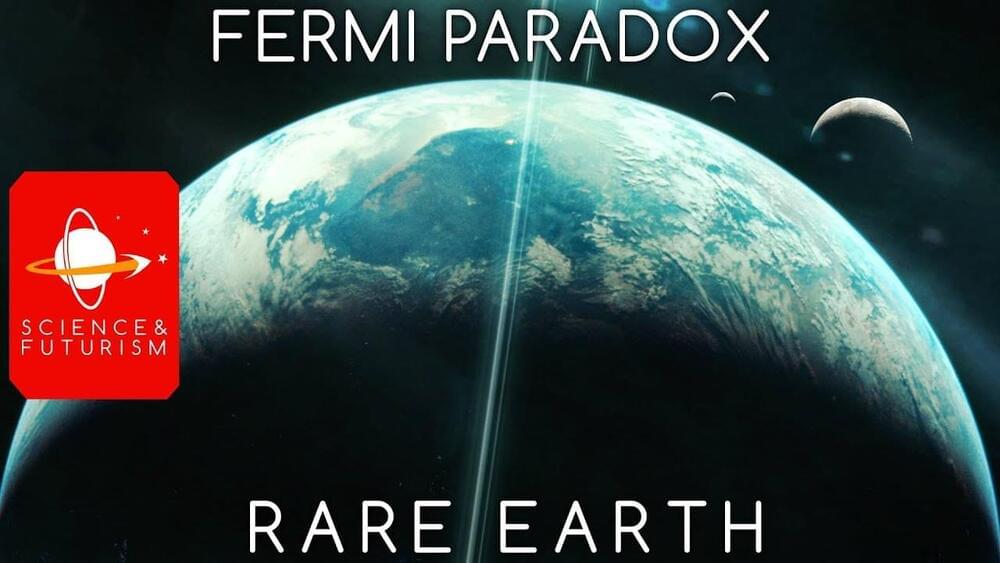
We continue our look at possible explanations why life may be very rare in the Universe by examining our planet itself, and looking at which of its characteristic might be important to intelligence developing and how improbable those traits are for a given planet in a given solar system.
Visit our Website: http://www.isaacarthur.net.
Join the Facebook Group: https://www.facebook.com/groups/1583992725237264/
Support the Channel on Patreon: https://www.patreon.com/IsaacArthur.
Visit the sub-reddit: https://www.reddit.com/r/IsaacArthur/
Listen or Download the audio of this episode from Soundcloud: https://soundcloud.com/isaac-arthur-148927746/fermi-paradox-…rare-earth.
Cover Art by Jakub Grygier: https://www.artstation.com/artist/jakub_grygier.
Continue reading “Fermi Paradox Great Filters: Rare Earth” »
Nov 2, 2022
Fermi Paradox Great Filters: Rare Intelligence
Posted by Dan Breeden in categories: alien life, existential risks
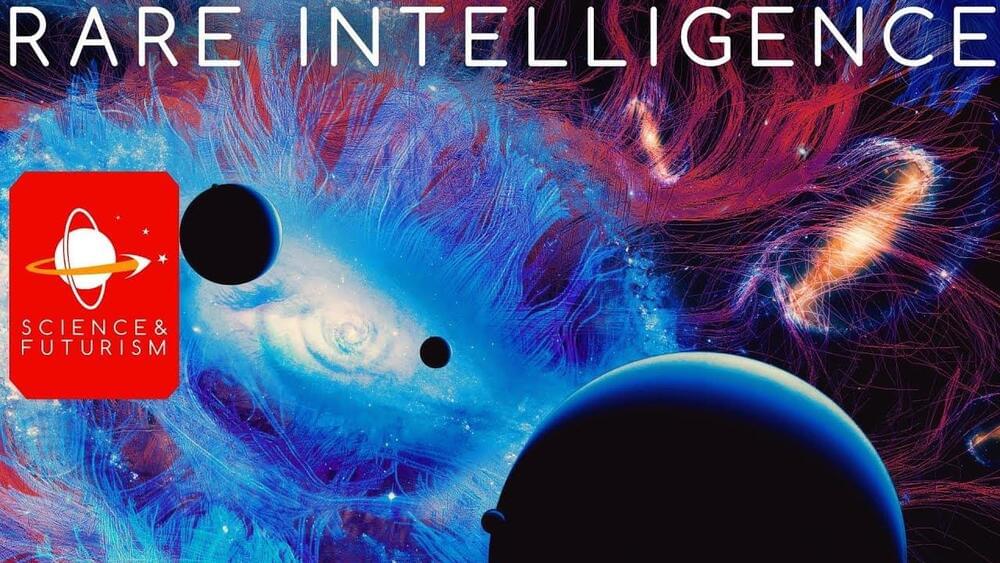
We conclude our look at possible explanations why life may be very rare in the Universe by looking at the evolutionary pathway to intelligence and the hurdles between life starting on a planet and migrating off of it.
Use my link http://www.audible.com/isaac and get a free audio book with a 30 day trial!
Continue reading “Fermi Paradox Great Filters: Rare Intelligence” »
Nov 1, 2022
Huge ‘planet killer’ asteroid discovered — and it’s heading our way
Posted by Dan Kummer in categories: asteroid/comet impacts, existential risks
Writing in the Astronomical Journal, lead study author Scott Sheppard and colleagues at the Carnegie Institution for Science in Washington say they have found three “rather large” asteroids, one of which – 2022 AP7 – crosses the Earth’s orbit, making it a potentially hazardous asteroid (PHA).
With a diameter of about 1.1km to 2.3km, the team say 2022 AP7 is the largest PHA discovered since 2014 and probably in the top 5% of the largest ever found.
“Any asteroid over 1km in size is considered a planet killer,” said Sheppard, adding that should such an object strike Earth, the impact would be devastating to life as we know it, with dust and pollutants kicked up into the atmosphere, where they would linger for years.
Oct 31, 2022
‘Planet killer’ asteroid spotted hiding in the sun’s glare
Posted by Quinn Sena in categories: asteroid/comet impacts, existential risks
Astronomers have spotted three near-Earth asteroids that were lurking undetected within the glare of the sun. One of the asteroids is the largest potentially hazardous object posing a risk to Earth to be discovered in the last eight years.
The asteroids belong to a group found within the orbits of Earth and Venus, but they’re incredibly difficult to observe because the brightness of the sun shields them from telescope observations.
To avoid the sun’s glare, astronomers leaped at the chance to conduct their observations during the brief window of twilight. An international team spied the space rocks while using the Dark Energy Camera located on the Víctor M. Blanco 4-meter Telescope located at the Cerro Tololo Inter-American Observatory in Chile.
Oct 31, 2022
A skyscraper-sized ‘potentially hazardous’ asteroid will zip through Earth’s orbit on Halloween
Posted by Dan Breeden in categories: asteroid/comet impacts, existential risks
A newly discovered, “potentially hazardous” asteroid almost the size of the world’s tallest skyscraper is set to tumble past Earth just in time for Halloween, according to NASA.
The asteroid, called 2022 RM4, has an estimated diameter of between 1,083 and 2,428 feet (330 and 740 meters) — just under the height of Dubai’s 2,716-foot-tall (828 m) Burj Khalifa, the tallest building in the world. It will zoom past our planet at around 52,500 mph (84,500 km/h), or roughly 68 times the speed of sound, according to NASA (opens in new tab).
Oct 31, 2022
World’s first cloned arctic wolf is now 100 days old
Posted by Sara Negar in categories: biotech/medical, existential risks
Chinese researchers have created the world’s first cloned Arctic wolf — an achievement that could help save other species from extinction and ensure the biodiversity of our planet.
Why it matters: Scottish scientists proved back in 1996 that it was possible to clone a mammal using a cell from an adult animal. Possible — but not easy. Dolly the sheep was the only successful clone in their 277 attempts.
Cloning is still a challenging process — fewer than 25 animal species have been cloned to date, so the first successful cloning of a species is still newsworthy 25+ years after Dolly’s birth.
Oct 29, 2022
Give peace a chance in Ukraine: The chorus rises, around the world and across the spectrum
Posted by Alex Vikoulov in categories: ethics, existential risks, military
The escalating crisis exposes the weakness of Biden’s position. He is gambling with hundreds of thousands of Ukrainian lives, over which he has no moral claim, that Ukraine will somehow be in a stronger military position after a winter of war and power outages, with hundreds of thousands more Russian troops in the areas they control. This is a bet on a much longer war, in which U.S. taxpayers will shell out for thousands of tons of weapons and many more Ukrainians will die, with no clear endgame short of nuclear war.
#StopWar #NoWar #NuclearWar #WW3
Leaders in the global South, former U.S. diplomats and Henry Kissinger (!) agree: It’s time to negotiate for real.
Oct 25, 2022
NASA proved it can deflect an asteroid. But spotting them is tricky
Posted by Genevieve Klien in categories: asteroid/comet impacts, existential risks
The bad news is NASA estimates that it tracks only about 40 percent of the asteroids large enough that they could cause calamity if they were to hit Earth. To save us, the space agency needs fair warning — years, not months or weeks — to muster the defenses in space needed to safeguard the planet.
“As we say, we can’t do anything about them unless we know about them, and when they might be a concern for us,” Lindley Johnson, NASA’s Planetary Defense Officer, said in an interview.
